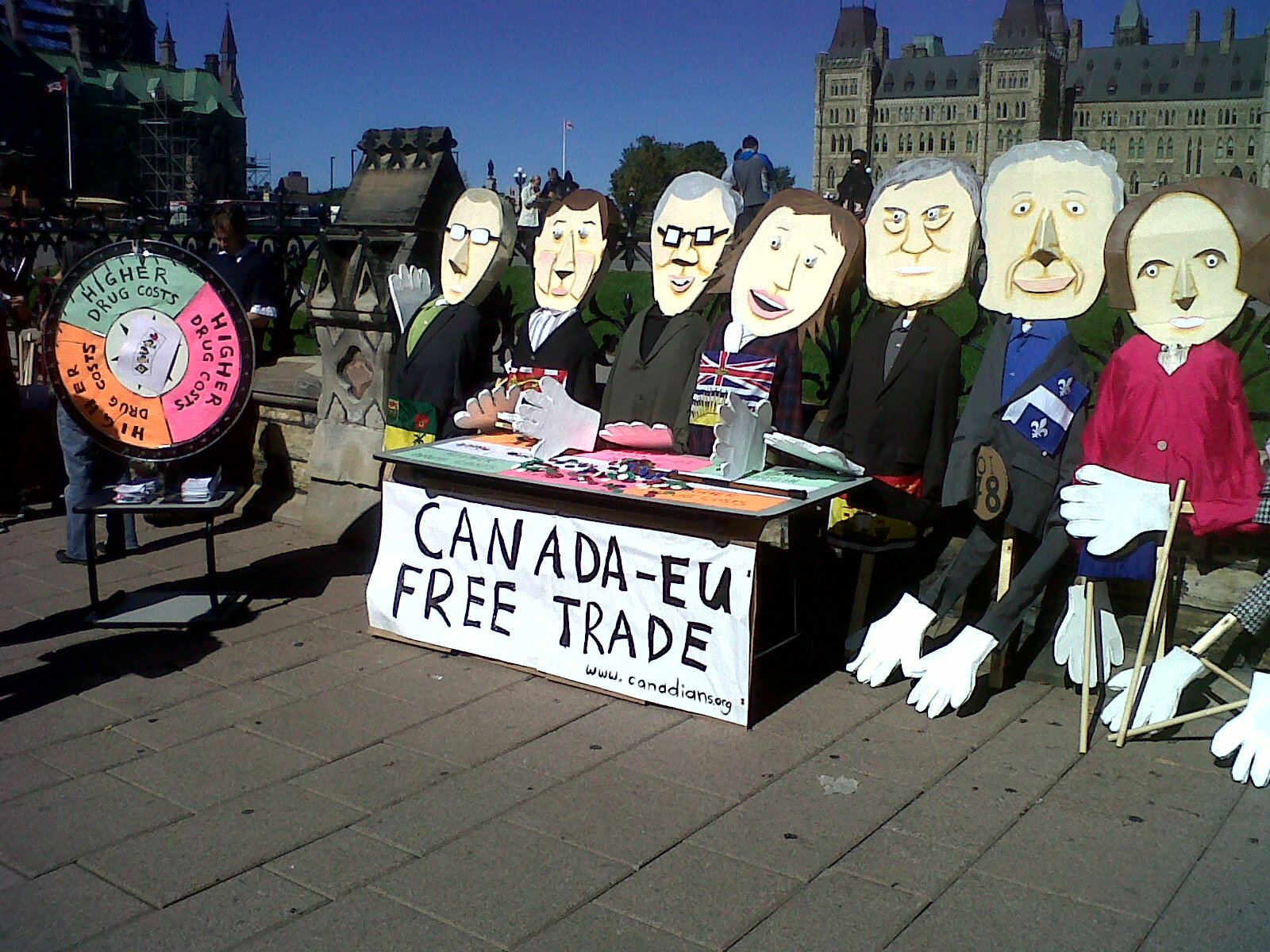Despite the pronouncements, Canada-EU trade deal not set in stone
The Globe and Mail | 10 Aug 2014
Despite the pronouncements, Canada-EU trade deal not set in stone
BARRIE MCKENNA
OTTAWA
At 1,500 pages in length and five years in the making, the far-reaching Canada-Europe free trade deal struck last week is undeniably a major milestone.
And yet the Conservative government quietly marked the long-sought final agreement with a terse five-paragraph statement on a quiet August afternoon.
No ceremony. No text. Sparse Details. And not a single government official would speak publicly about this apparently historic event.
The perception problem, as it were, is that Prime Minister Stephen Harper already hailed this “historic moment” 10 months ago when he and European Commission President Jose Manuel Barroso met in Brussels for a special signing ceremony.
A few days later, the government tabled a 26-page summary of “final negotiated outcomes” in the House of Commons, outlining key elements of the agreement.
Mr. Harper and Mr. Barroso are poised to do it all over again at yet another ceremony, set for late September in Ottawa.
Baffled? You’re not alone.
Following the Canada-EU trade negotiations is like watching a cricket match or an Australian-rules football game for the first time, not knowing when to cheer, or boo.
To trade experts, the moving goal line is all part of the game of these complex negotiations. Average Canadians, however, might be forgiven for not knowing the score. Some may even have mistakenly thought the game was already over.
It’s a fiction that Mr. Harper and his cabinet implicitly encouraged.
“The free trade agreement between Canada and Europe is the most important signed by our country,” Mr. Harper told Parliament last October.
The deal wasn’t signed then, and it isn’t signed now. Intense negotiations would continue for another 10 months on a range of substantive issues left unresolved last October – on financial services, investor rights and how to allocate new duty-free agricultural quotas, just to name a few.
In January, the opposition Liberals filed an access-to-information request, seeking all documents signed in public by Mr. Harper and Mr. Barroso. There are, after all, plenty of pictures and video of the pair signing something that day in Brussels.
Nearly a month later, the Liberals got a terse answer back from the government: “No records relevant to your request were found” after a “thorough search.”
As of last week, there now is a final negotiated deal.
But there is still no document to sign, and some uncertainty still hangs over the way forward. Canadian officials estimate it could take another two years for the agreement to clear all final hurdles. The lag includes up to six months for so-called legal “scrubbing” – making sure the text reflects the intent of the two sides – and translation into 23 languages.
The EU Council, made up of the 28 EU heads-of-government – must then approve and sign the final agreement. Some experts say Germany could at that point raise objections about the terms of the investment-dispute chapter, which allows companies to sue governments for compensation if they’ve been mistreated. Germany is unlikely to scuttle the entire agreement, but it’s the most powerful EU country, and if it’s not happy, the council isn’t happy.
If the agreement is deemed to include elements outside the legal powers of the European Commission, the deal might also have to be put to votes in the legislatures of all 28 EU countries.
And in Canada, the government must pass implementing legislation.
Clearly, the finish line remains some way off still.
So just what did Mr. Harper and Mr. Barroso sign in Brussels last October? A declaration, committing the two sides to finalizing “the remaining technical and legal work” – a document now posted on the Department of Foreign Affairs and International Trade website.
Ottawa deserves credit for getting this far – part of a vitally important effort to diversify Canada’s trade opportunities in the world.
But along the way Mr. Harper soft-pedalled the difficulty of reaching the finish line and exaggerated the nearness of the trade spoils that would flow to Canadian exporters. It is another example of how foreign policy has become a tool of domestic politics, with announcements timed for maximum effect rather than transparency.
Keep a close eye on what Mr. Harper and Mr. Barroso sign next month.
Follow BARRIE McKENNA on Twitter: @barriemckenna






